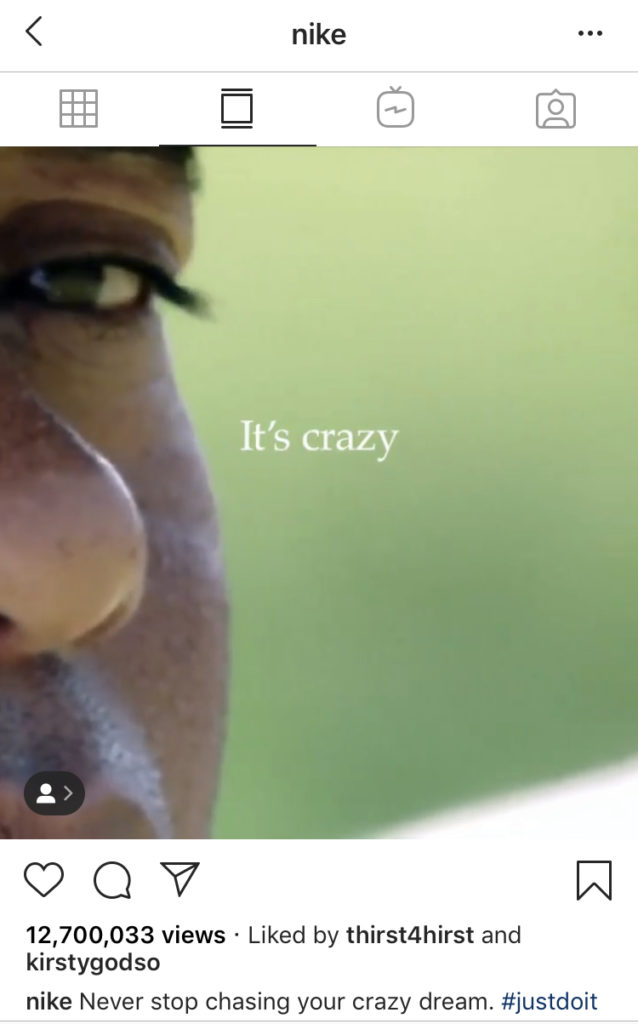Whether your business is well established or you’re just getting started, it is never too late to define your brand’s voice.
Having a voice will give your brand personality. It will also help your target audience relate and connect to your brand on an emotional level. Most importantly, a defined voice will help focus your marketing messages.
But how do you go about finding your brand’s voice? And I say ‘find’ instead of ‘create’ because your brand’s voice already exists. You just need to identify it and be consistent with using it across all communications. The pointers in this blog will help direct you when trying to find your brand’s voice.
Is Your Brand’s Voice Authentic?
Finding your voice starts with your company’s core vision and values. Understanding a company’s identity and why it exists is vital in pinpointing its voice. Think of it this way: your voice is your identity. The core of what your brand represents should be your guide when defining an authentic tone-of-voice.
If you’ve already been creating content, then take a good look at that first. Looking at the language and tone you’re already using will help you get an idea of the existing voice. Remember to analyse what pieces have been attracting more traffic and conversion. This will give you a good indication as to what’s working with your current reader.
The idea here is to find the existing voice your company already has, because you want to be authentic. Being true to who the brand is a better strategy than focusing on creating an entirely new, and ultimately fabricated voice. Especially if you’re not looking to do a whole re-brand. You wouldn’t want to loose your current loyal audience that loves you as you already are.
Does Your Brand’s Voice Suit Your Audience?
Understanding who you are speaking to is vital. Do you know your audience? Who is your target customer and what are the untapped market segments you would like to grow into? The language your ‘buyer personas’ use and the content types they engage with will help you shape your brand’s voice more precisely.
As mentioned above, it’s good to analyse the content that currently works for your readers. Once you’ve done that you can predict what your target personas want to hear about next. Thinking of your audience in personas will give you empathy towards streams of data and will make it feel like you’re a person talking to people. This will allow your brand’s voice to be more human-like. The more human your brand sounds, the more you’ll connect with the reader. Ideally, you want to make your reader feel something when they read your content.
A brand that has a unique voice is Aussie Hair. They are playful and quirky in their marketing campaigns, product descriptions and advertising pieces. They target a younger audience and people with hair concerns. Their chosen tone and use of language solve those issues in a playful way, which works well for their target audience. It’s funny, witty and that gets them tons of engagement on their social channels.
Is Your Brand’s Voice Consistent?
You have built a brand that has a personality and you’ve discovered its voice. Now be consistent! In order for the content to resonate, consistency is key.
Whether your brand personality is funny, serious, geeky or preachy, consistency will reinforce the message and make it seem more authentic. Consistency means using the same tone and language across all channels and communication outlets. This is how your company’s voice becomes a part of your consumer-facing brand’s identity.

Nike do a great job in presenting a clear message and sticking to it across all platforms. The brand tries to motivate and inspire its readers to have dreams and to achieve those dreams. This motivational voice is used across its website content, social channels, store advertisements and campaigns.
Top Tips
- Start with what came naturally to you when you first established your brand or business – there is more authenticity here.
- Develop this into something that reflects and represents your customers.
- How do you want your customers to feel when shopping with you or using your services. This motivating factor will help when developing your brand’s voice.
- Establish a clear tone of voice and brand language and be consistent when communicating across all channels.
- Be human – remember people buy from people!
- Establish a brand guide or ‘brand bible’ that all staff can follow. We also recommend a ‘brand champion’ who is responsible for consistency and authenticity across all marketing materials.
Find your brand’s voice with the help of our branded copywriting experts. Speak to our team for support.
Read More: Brand Copywriting FAQs








0 Comments